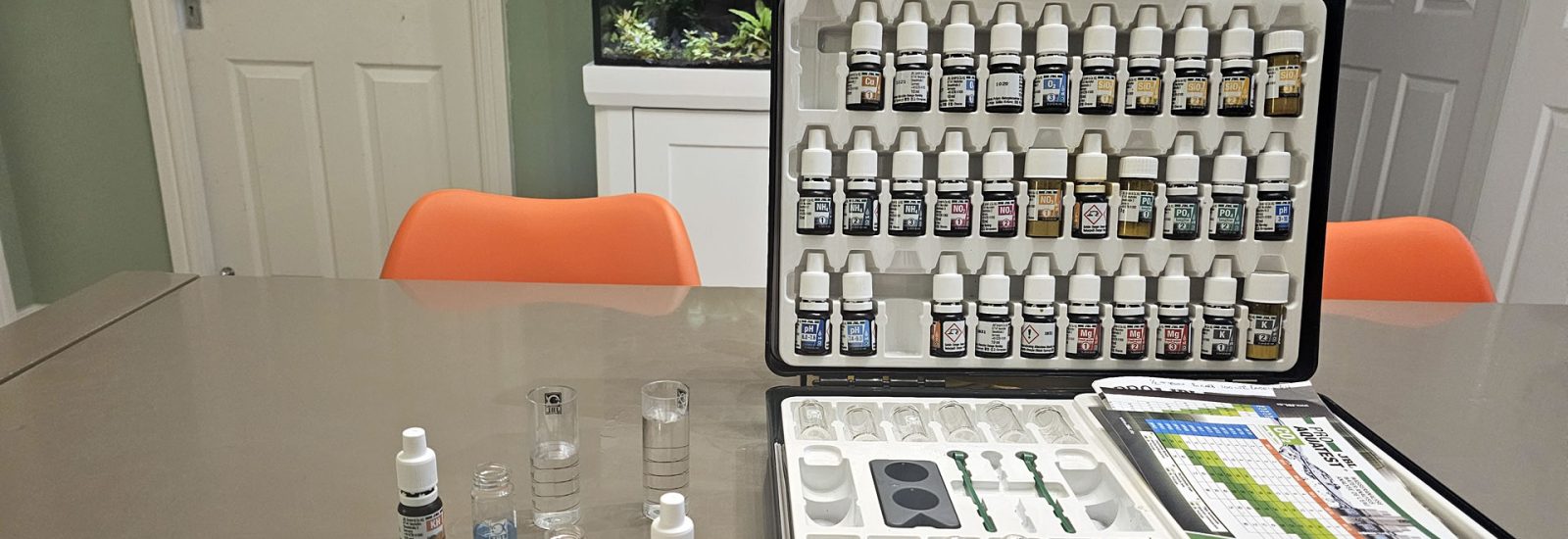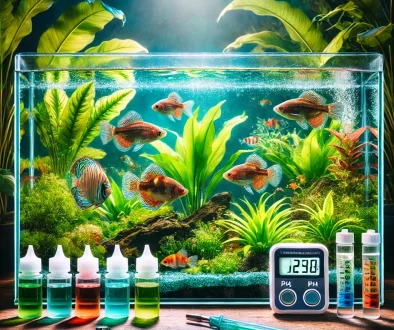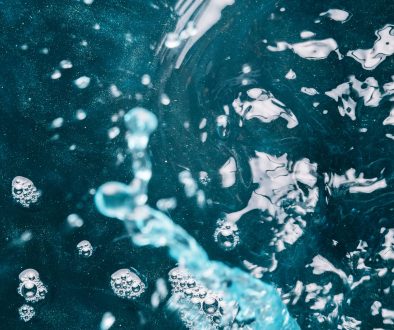Why Regular Testing is Essential in Aquarium Maintenance
Maintaining a healthy aquatic environment requires more than just feeding your fish and changing the water periodically. Regular testing of water parameters is essential for ensuring optimal conditions for your aquatic inhabitants to thrive. In this guide, we’ll delve into the importance of regular testing in aquarium maintenance and discuss the key parameters that aquarists should monitor.
Why Regular Testing Matters
Water Quality Assessment: Regular testing allows you to assess the overall quality of your aquarium water, including parameters such as pH, ammonia, nitrite, nitrate, and carbonate hardness (KH). Monitoring these parameters helps you identify any imbalances or fluctuations that could be detrimental to your fish and plants.
Early Detection of Issues
By testing your water regularly, you can detect potential problems before they escalate into larger issues. For example, elevated ammonia or nitrite levels can indicate poor water quality or insufficient biological filtration, while changes in pH may signal the need for adjustments to buffering capacity.
Preventative Maintenance
Regular testing enables you to take proactive measures to maintain water quality and prevent common problems such as ammonia spikes, nitrite poisoning, or pH crashes. By addressing issues promptly, you can minimize stress on your aquatic inhabitants and promote their overall health and well-being.
Optimizing Parameters for Plant Growth
If you have a planted aquarium, regular testing is especially crucial for optimizing water parameters to support healthy plant growth. Monitoring parameters such as pH, carbon dioxide (CO2) levels, and nutrient concentrations helps ensure that plants have the essential elements they need for photosynthesis and growth.
Key Parameters to Test
pH
pH measures the acidity or alkalinity of your aquarium water. Most freshwater fish and plants thrive in a pH range of 6.5 to 7.5, although specific species may have different preferences.
Ammonia and Nitrite
Ammonia and nitrite are toxic to fish and indicate poor water quality or insufficient biological filtration. Ideally, both levels should be undetectable in a well-established aquarium.
Nitrate
Nitrate is a by-product of the nitrogen cycle and indicates the presence of beneficial bacteria that convert harmful ammonia and nitrite into less toxic nitrate. However, high nitrate levels can be detrimental to fish health and may require water changes to reduce.
Carbonate Hardness (KH) and General Hardness (GH)
KH and GH measure the carbonate and mineral content of your water, respectively. These parameters influence pH stability and overall water chemistry, particularly in planted aquariums and those containing live-bearing fish.
Implementing Regular Testing
Invest in high-quality test kits or electronic monitors for accurate and reliable results. Choose kits that cover all essential parameters and follow the manufacturer’s instructions carefully.
Establish a Testing Schedule
Develop a regular testing schedule based on the needs of your aquarium and the specific requirements of your fish and plants. Depending on your setup, you may test weekly, biweekly, or monthly.
Record and Interpret Results
Keep detailed records of your test results over time and monitor for any trends or fluctuations. Use this information to make informed decisions about water changes, adjustments to filtration or lighting, and other aspects of aquarium maintenance.
Conclusion
Regular testing is a cornerstone of effective aquarium maintenance, providing valuable insights into water quality and helping to ensure the health and well-being of your aquatic inhabitants. By monitoring key parameters and taking proactive measures to address any issues, you can create a stable and thriving aquatic ecosystem that brings joy and beauty to your home or office. Incorporate regular testing into your aquarium maintenance routine today and enjoy the rewards of a healthy and vibrant underwater world.





